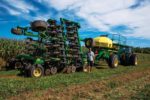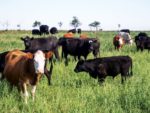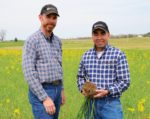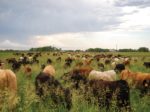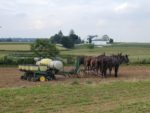Advertise Follow Us
Cover Crops
Challenging Growing Conditions Fuel No-Tiller’s Passion for Experimentation
Compacted clay soils and wet planting conditions are no match for Wisconsin no-tiller Adam Lasch, whose experiments in diversification provide fodder for his livestock while rehabbing the land.
Read More
When No-Till Alone Isn’t Enough to Prevent Costly Erosion
Operating one of the oldest family farms in North America, no-till, strip-till and cover crops help this Canadian family stay competitive with a diversified 1,800-acre operation that includes 70 dairy cows, 20,000 egg-producing laying hens and production of 850,000 broilers each year.
Read More
How to Combat Compaction in a Soggy Season
Soil compaction happens to everyone and wet weather makes it worse. Here’s what you need to do to get ahead of compaction problems — or correct it once you’ve got it.
Read More
Gaining Critical No-Till Insights with Thermal Imaging
Frustrated with inaccurate soil maps and inadequate imagery, no-tillers Dan and Brian Sutton developed their own solutions for precision farming.
Read More
Lessons from the Field: How Growers Profit from Regenerative Soils
Increasing plant diversity, adding livestock and following a simple soil-testing program can significantly add to the bottom line, growers say.
Read More
What I've Learned from No-Tilling
Planter Building Proves A Useful Skillset for Pennsylvania No-Tiller
Horse or tractor-farmed fields alike benefit from no-till and a strategically built and well-maintained planter.
Read More


